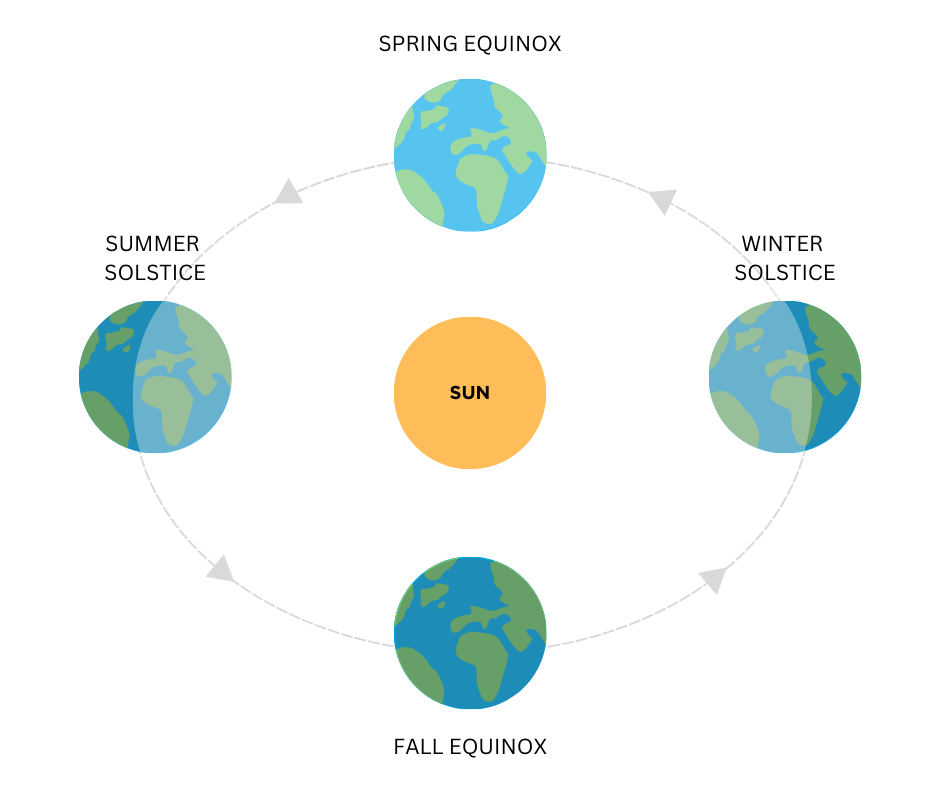Welcome to the first part of #ScienceMillSTEMsday!
Every Wednesday this July, the Science Mill team will go on air at We Are Austin to talk about the week’s topic and demo an activity viewers can replicate at home.
This week, let’s get into the BioBlitz! Read on to learn more about the topic and how you can win a family membership to the Science Mill!
WHAT IS A BIOBLITZ?
Bioblitz, pioneered by National Geographic, is a citizen science activity where students, parents, educators, and other participants document as many species in their area as quickly as possible. In doing so, participants help create a snapshot of an area’s biodiversity, whether it be a backyard in California or a ranch in central Texas!
HOW EXACTLY DO YOU DO A BIOBLITZ?
For a comprehensive guide, check out this guide by iNaturalist or this video from National Geographic. You can also just contribute to iNaturalist or Seek at your own time! The most important thing is getting out there, exploring your immediate environment, and making observations.
EXHIBIT HIGHLIGHT: MASTERS OF DISGUISE
If you want to get a closer look at some seriously awesome critters like a panther chameleon, axolotl, and a Vietnamese mossy frog, you can check out the Science Mill Bio Lab!
FURTHER READING:
GIVEAWAY
Every Wednesday this July, the Science Mill will be on We Are Austin to talk about awesome science topics and an activity you can do at home! Post a photo or video of you/your family doing the activity on either Facebook OR Instagram and get the chance to win a family membership for 4 to the Science Mill!
MECHANICS:
Like our giveaway post and follow/like our Facebook and Instagram pages
Post your entry on Facebook or Instagram and tag it with #ScienceMillSTEMsday
For this week, snap a photo of you/your family going out and doing your own version of a bioblitz! Feel free to share any interesting flora and fauna you may have seen in your exploration and tag it with #ScienceMillSTEMsday.
One winner will be randomly selected on July 28. They will be contacted only by the official Science Mill Facebook or Instagram accounts. Good luck and happy learning!









